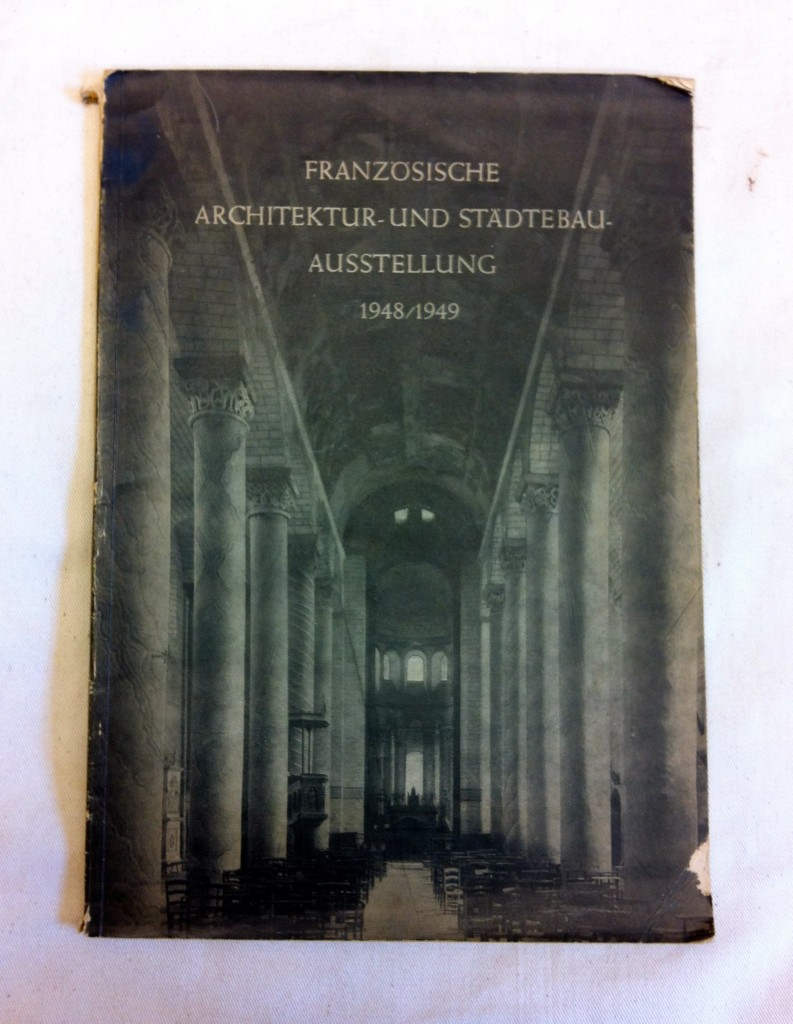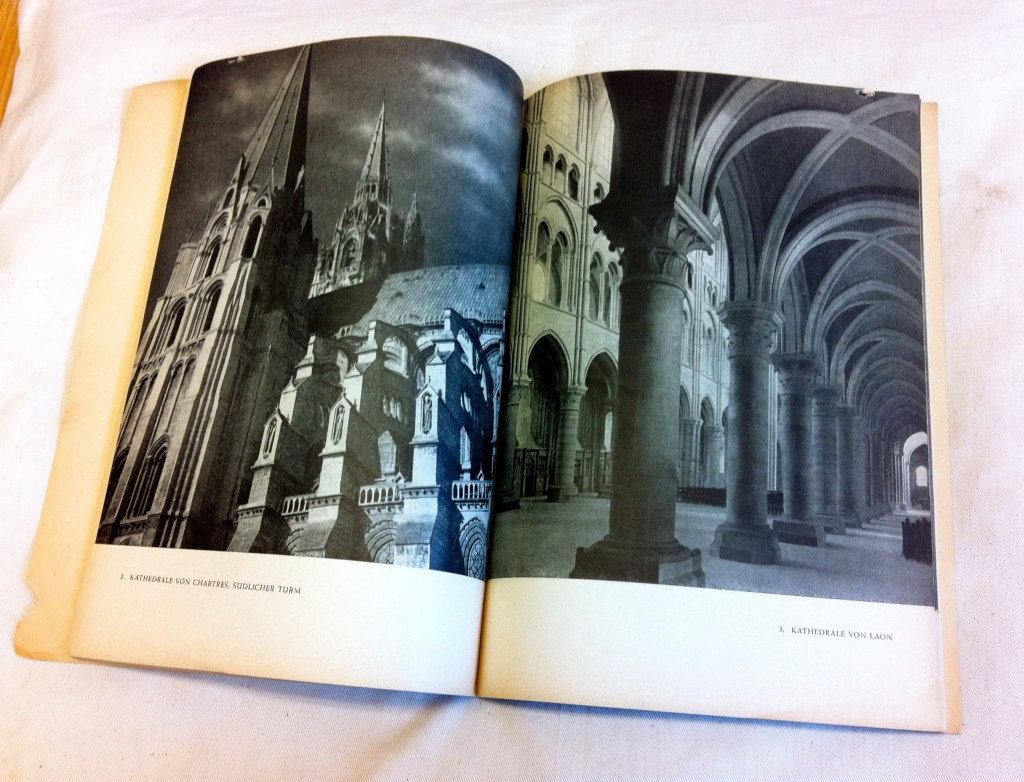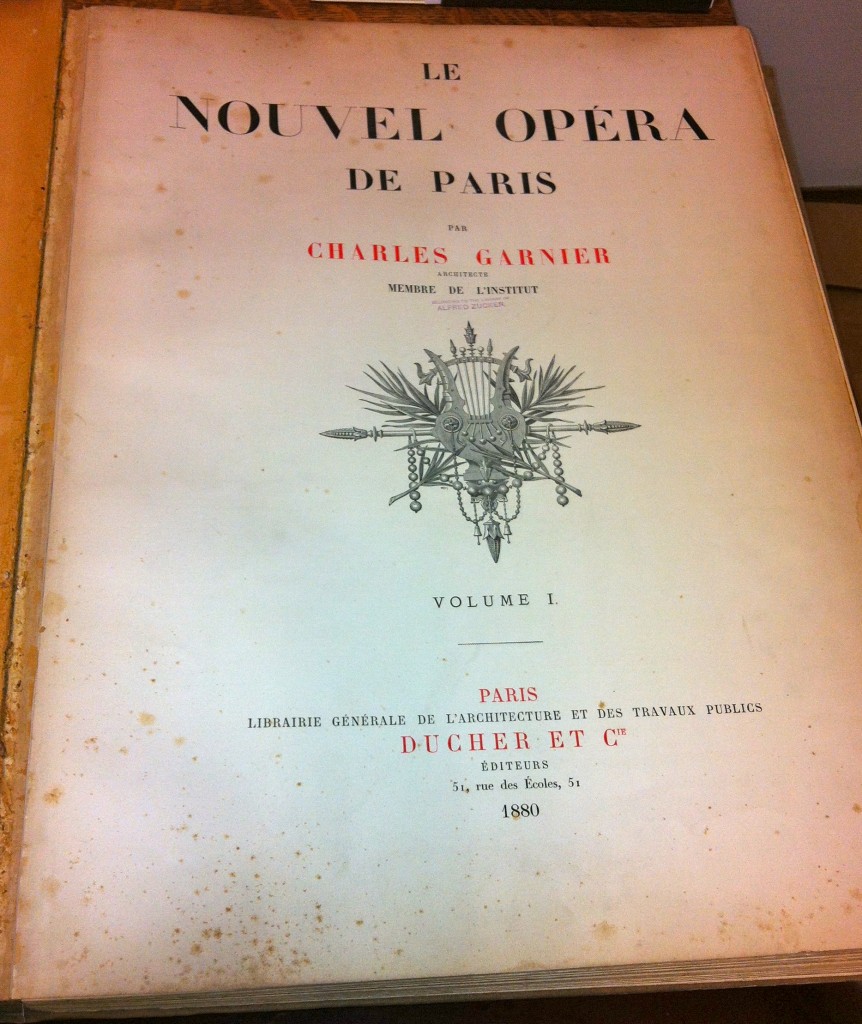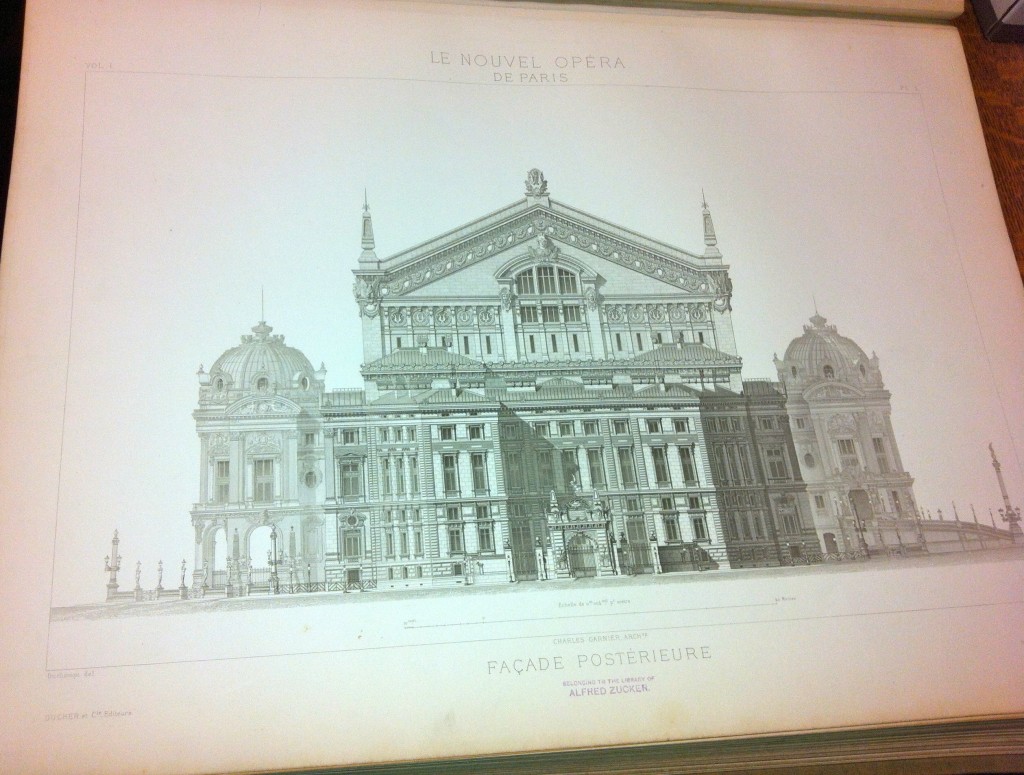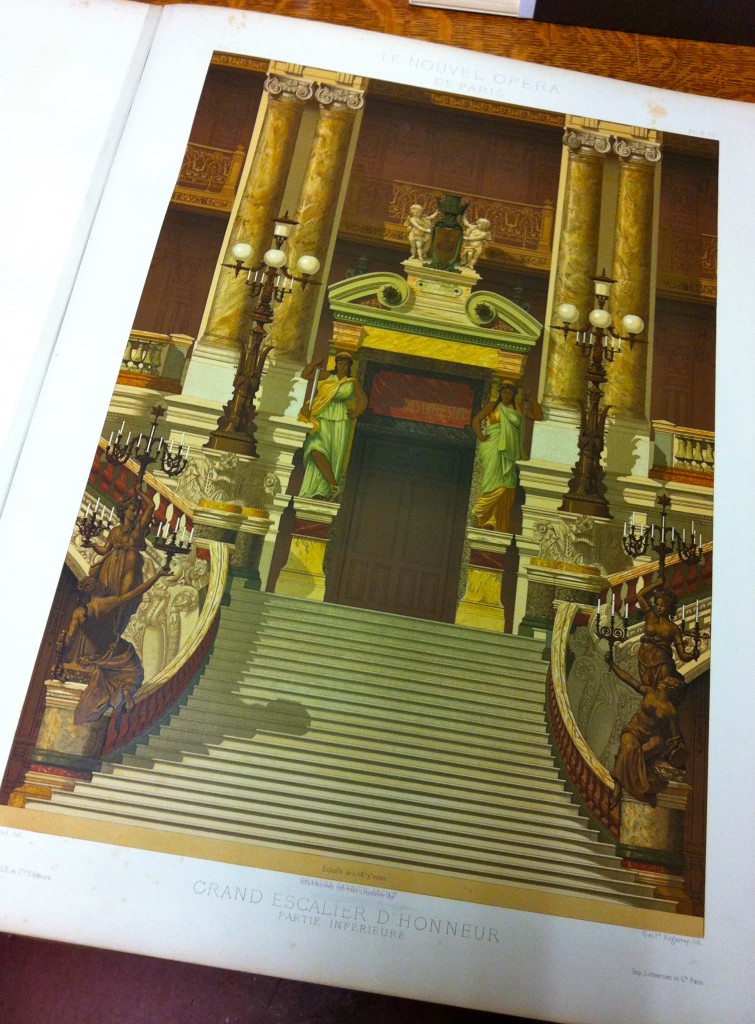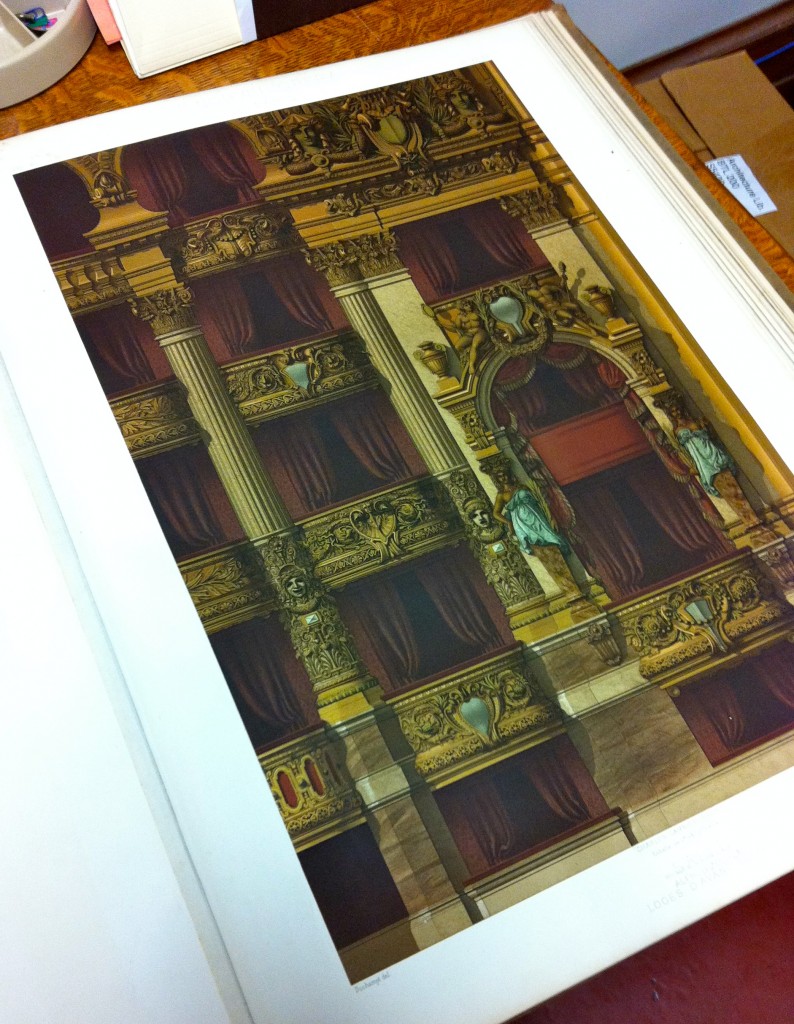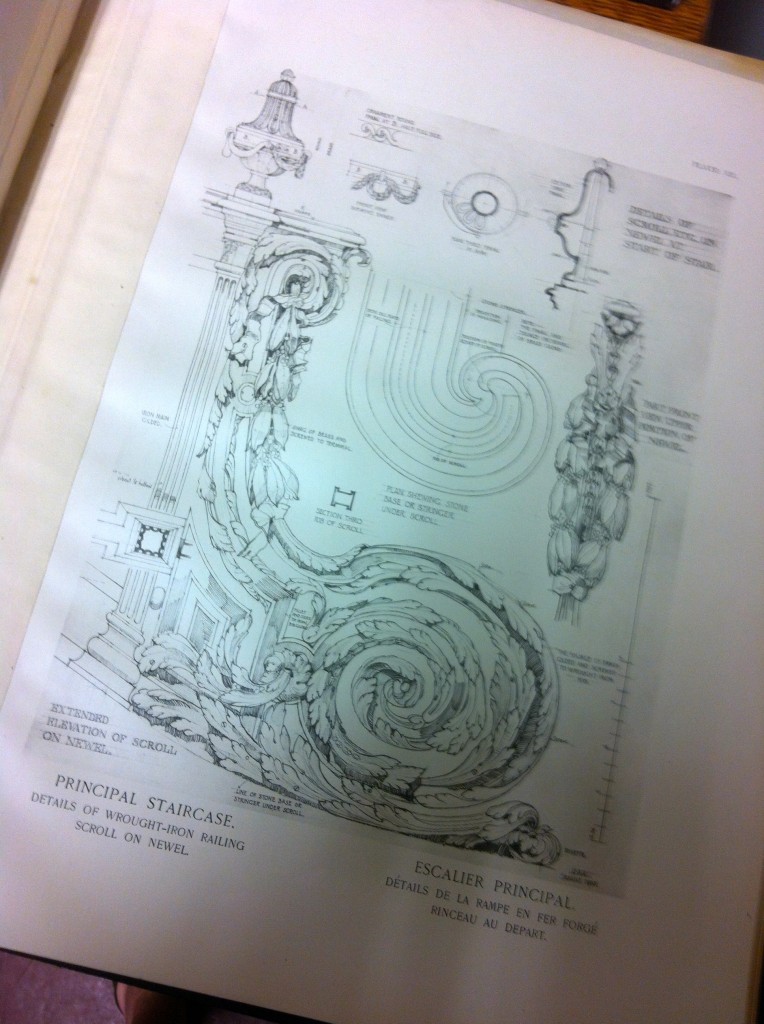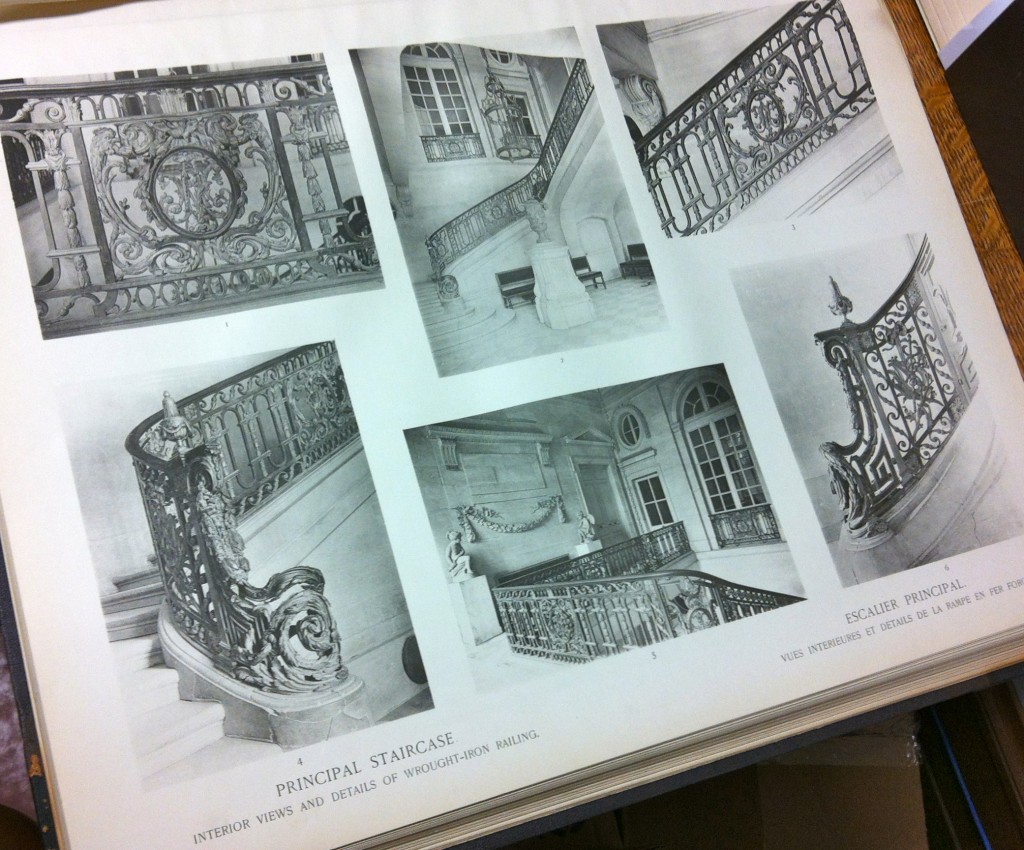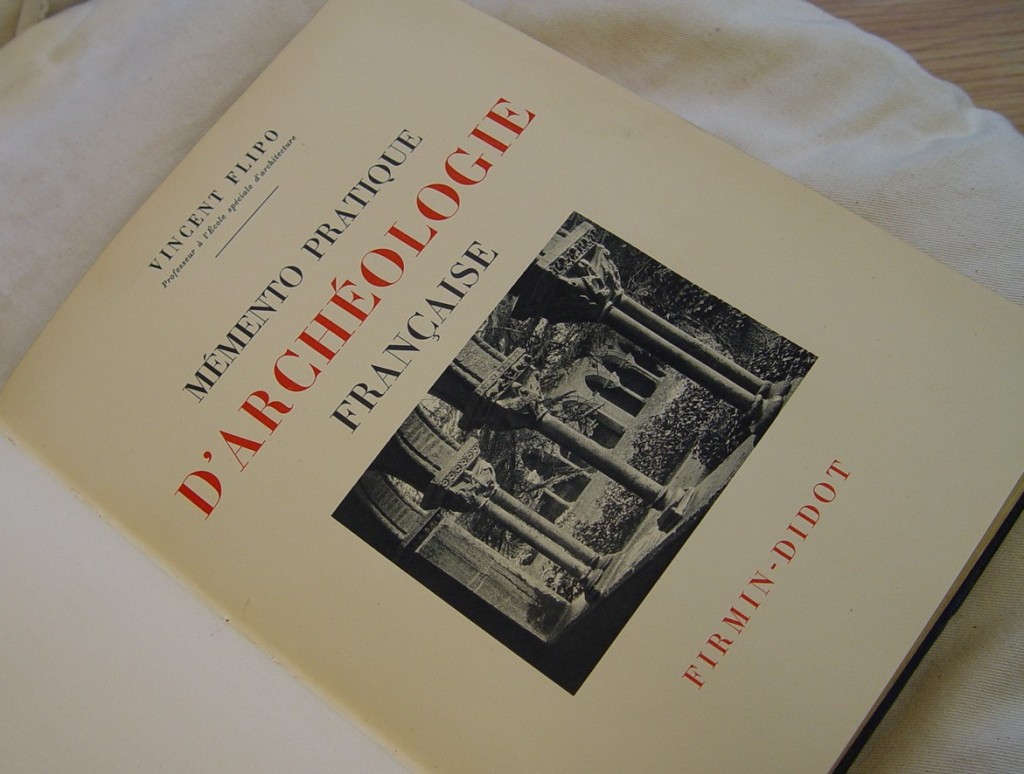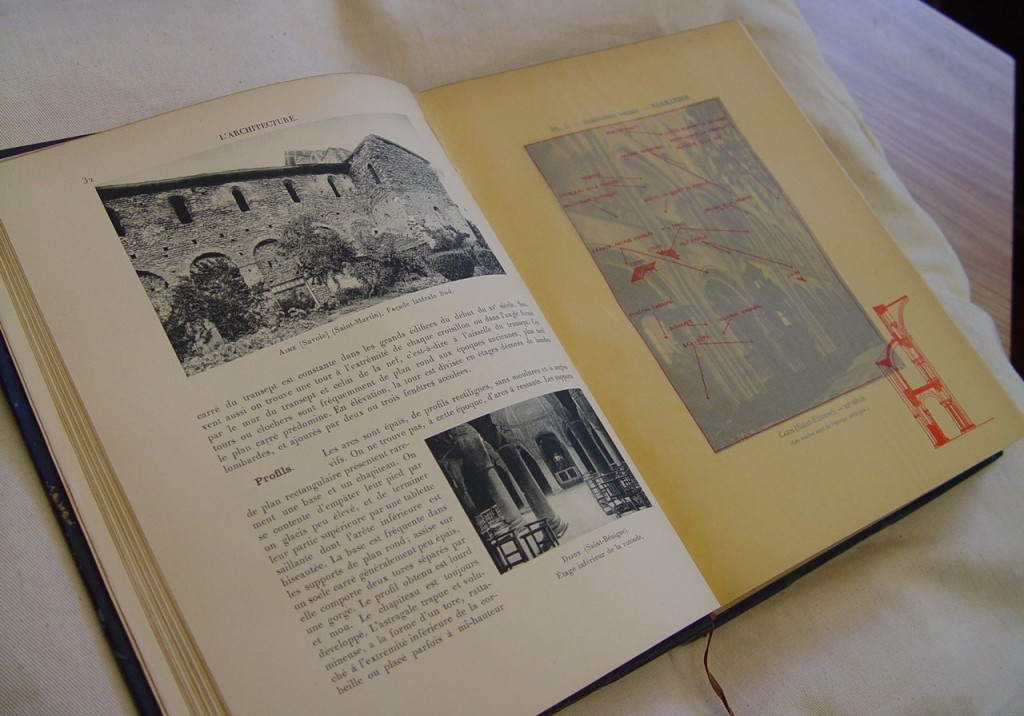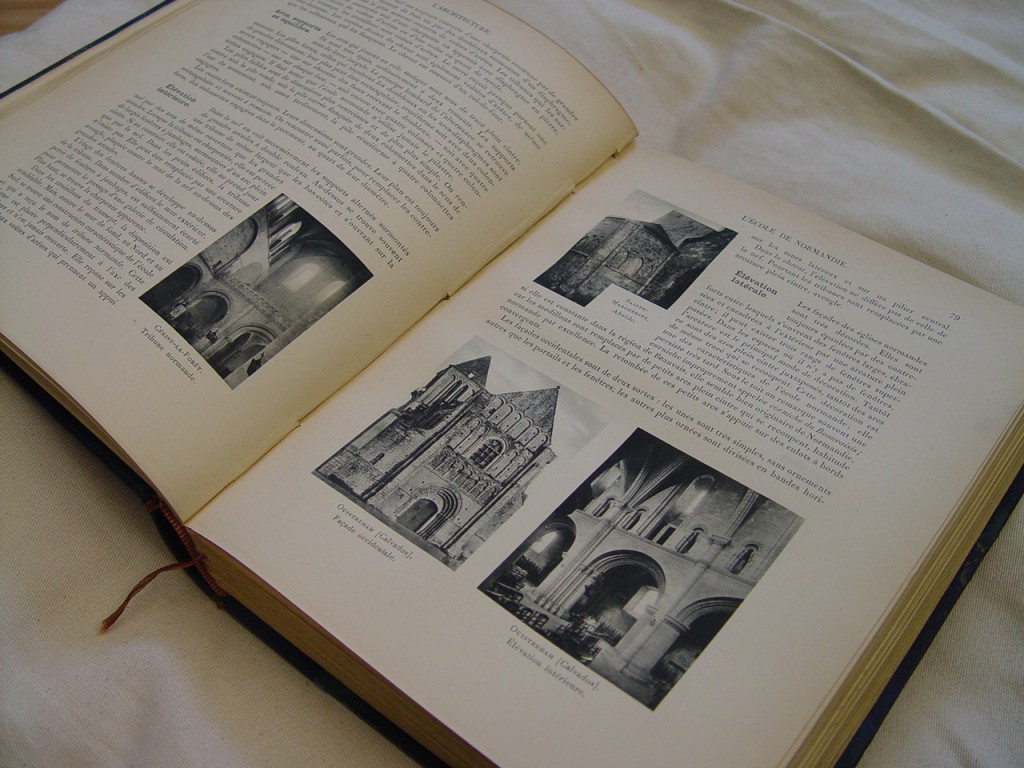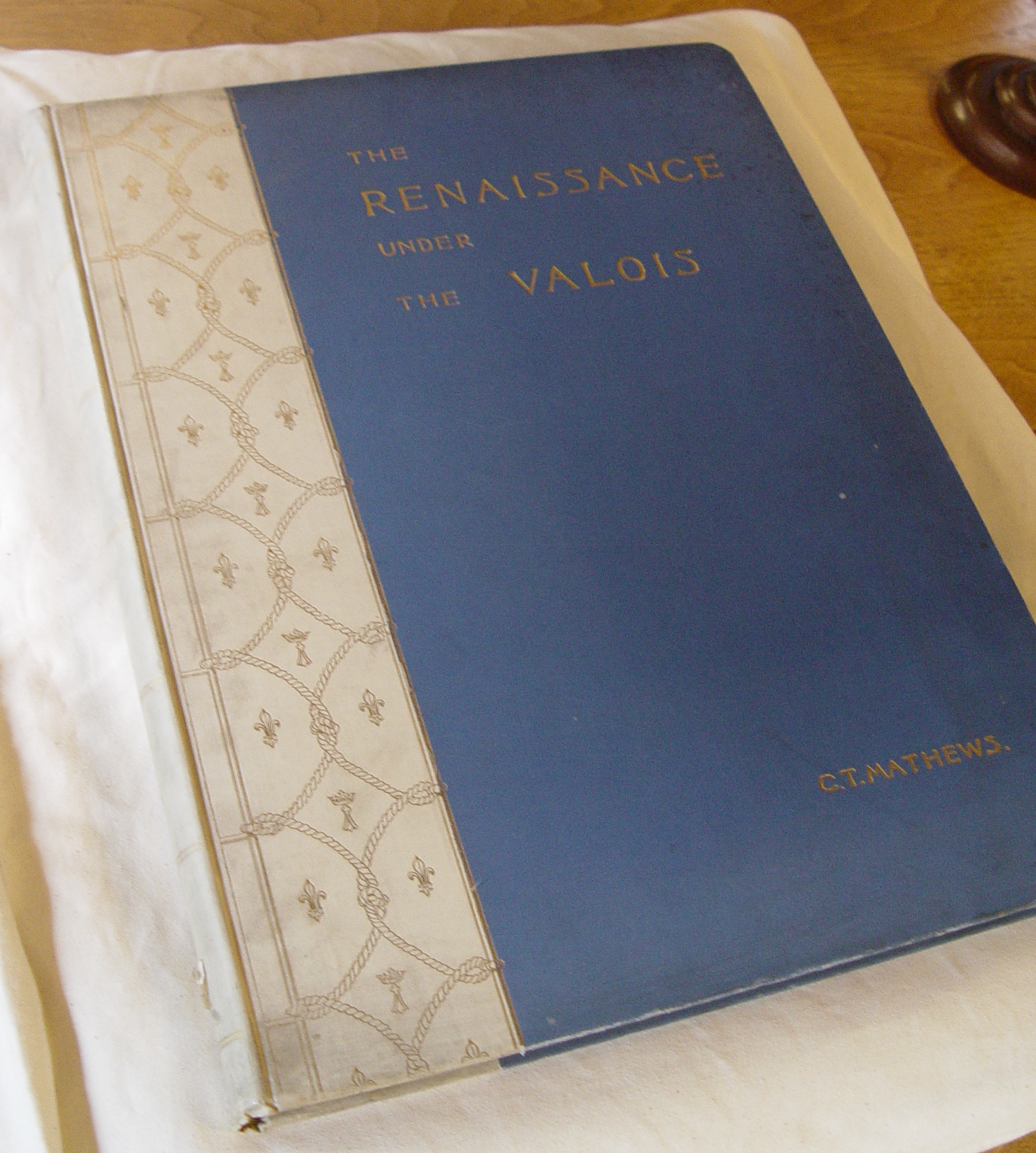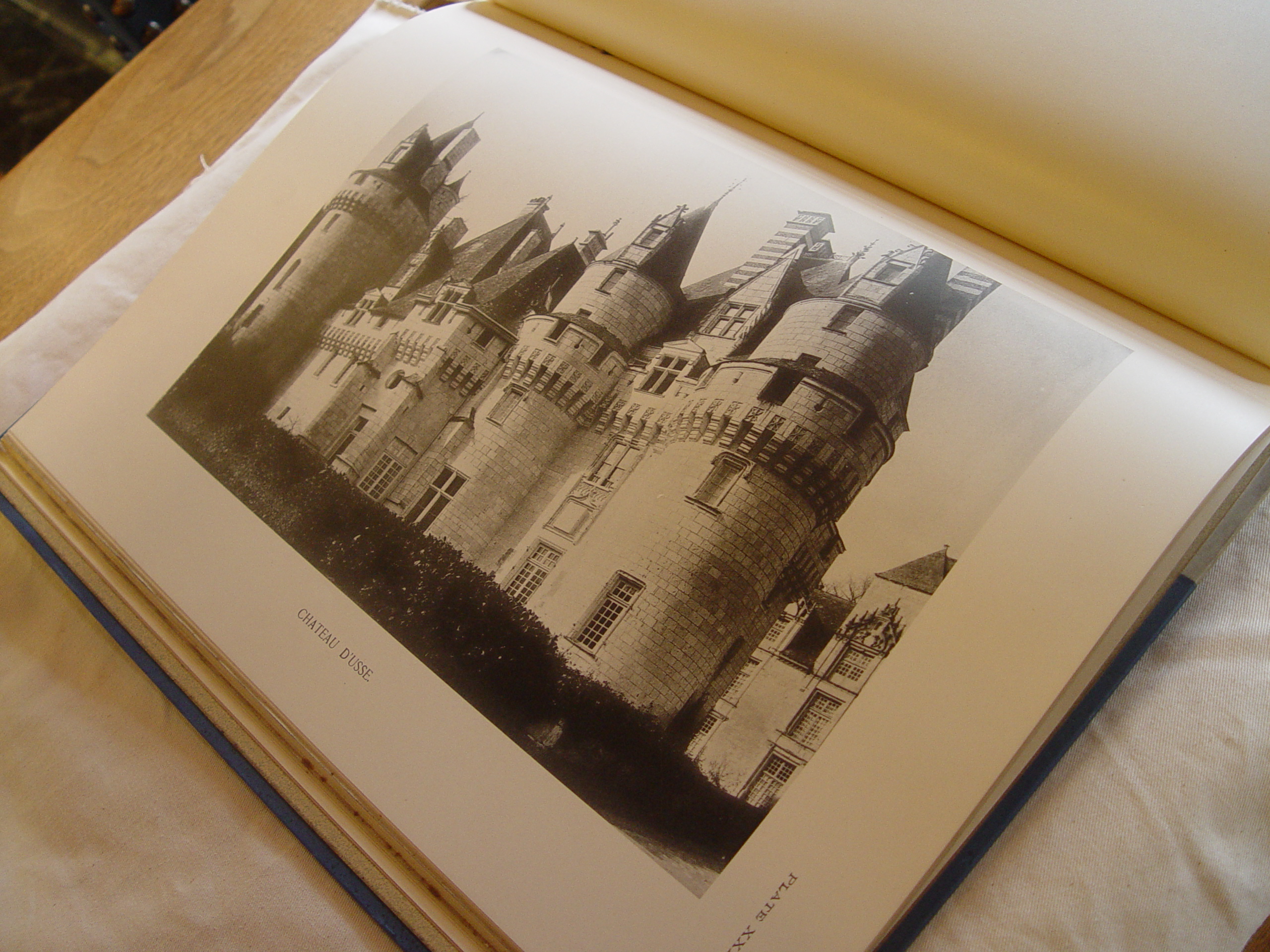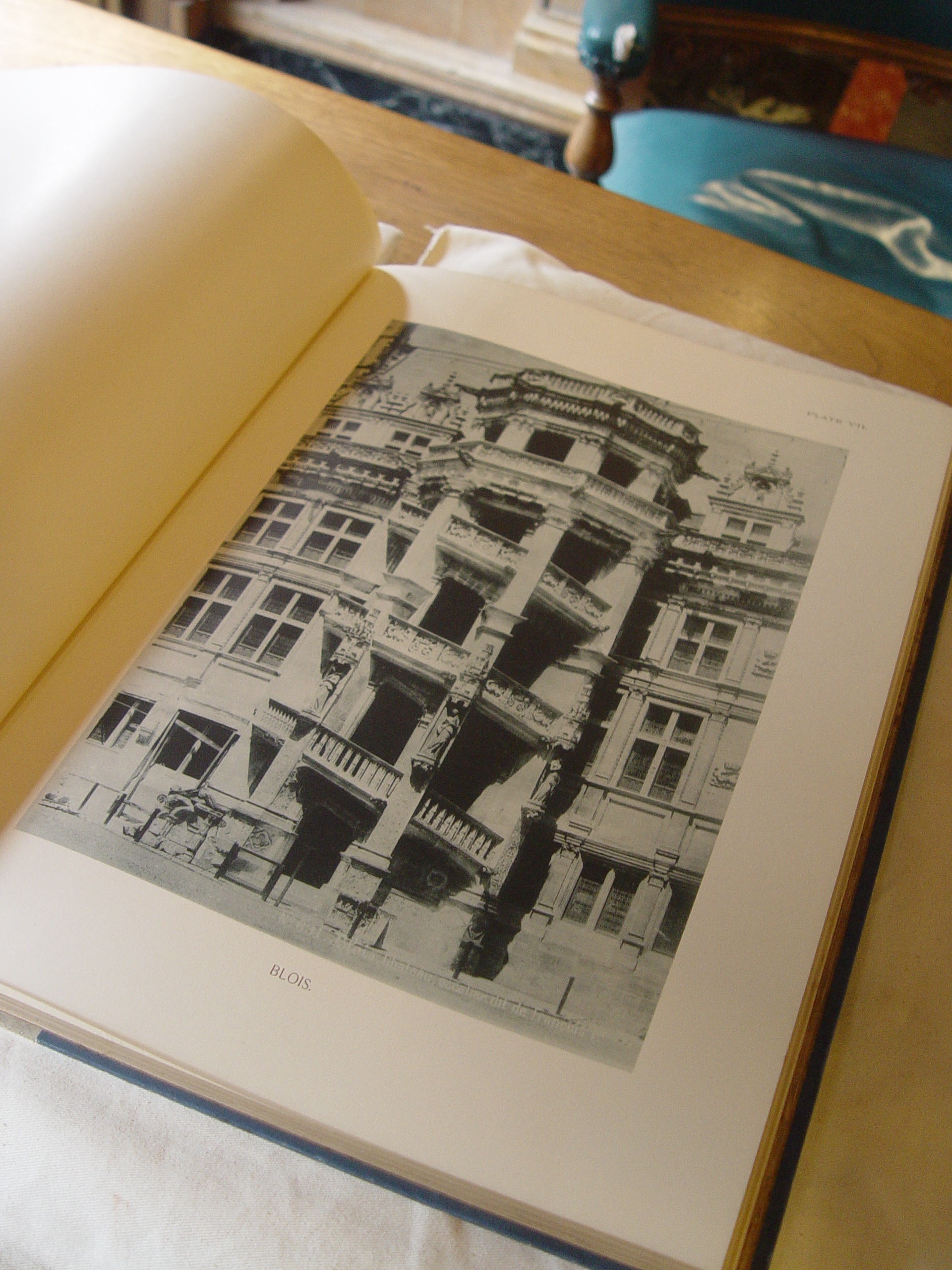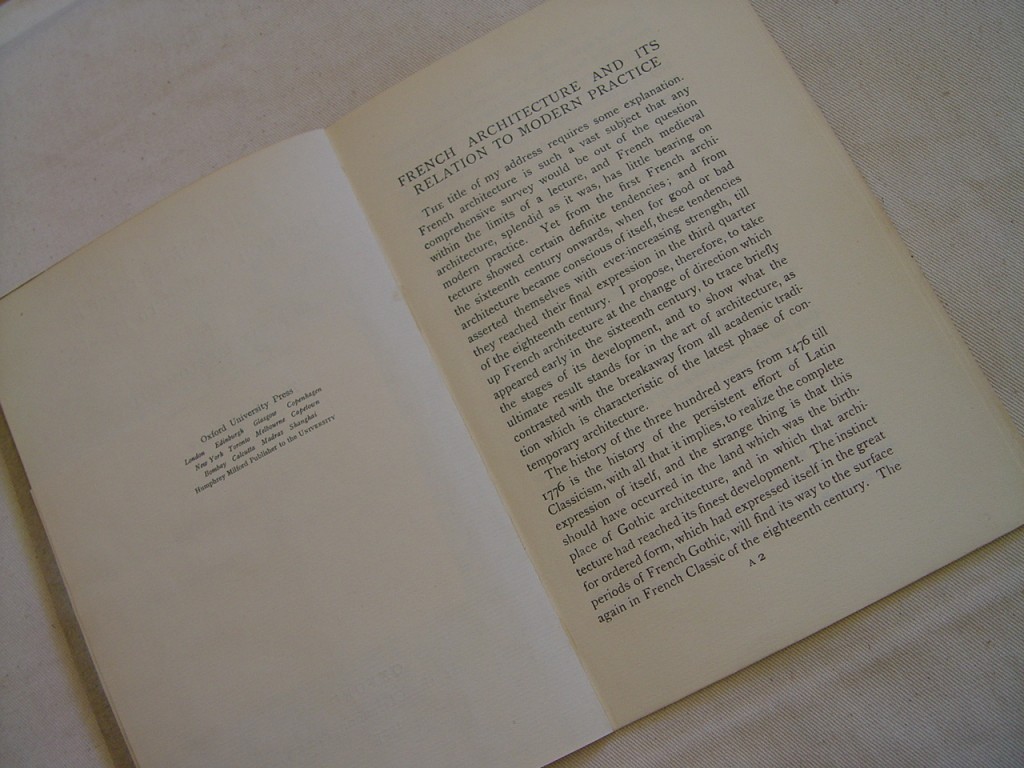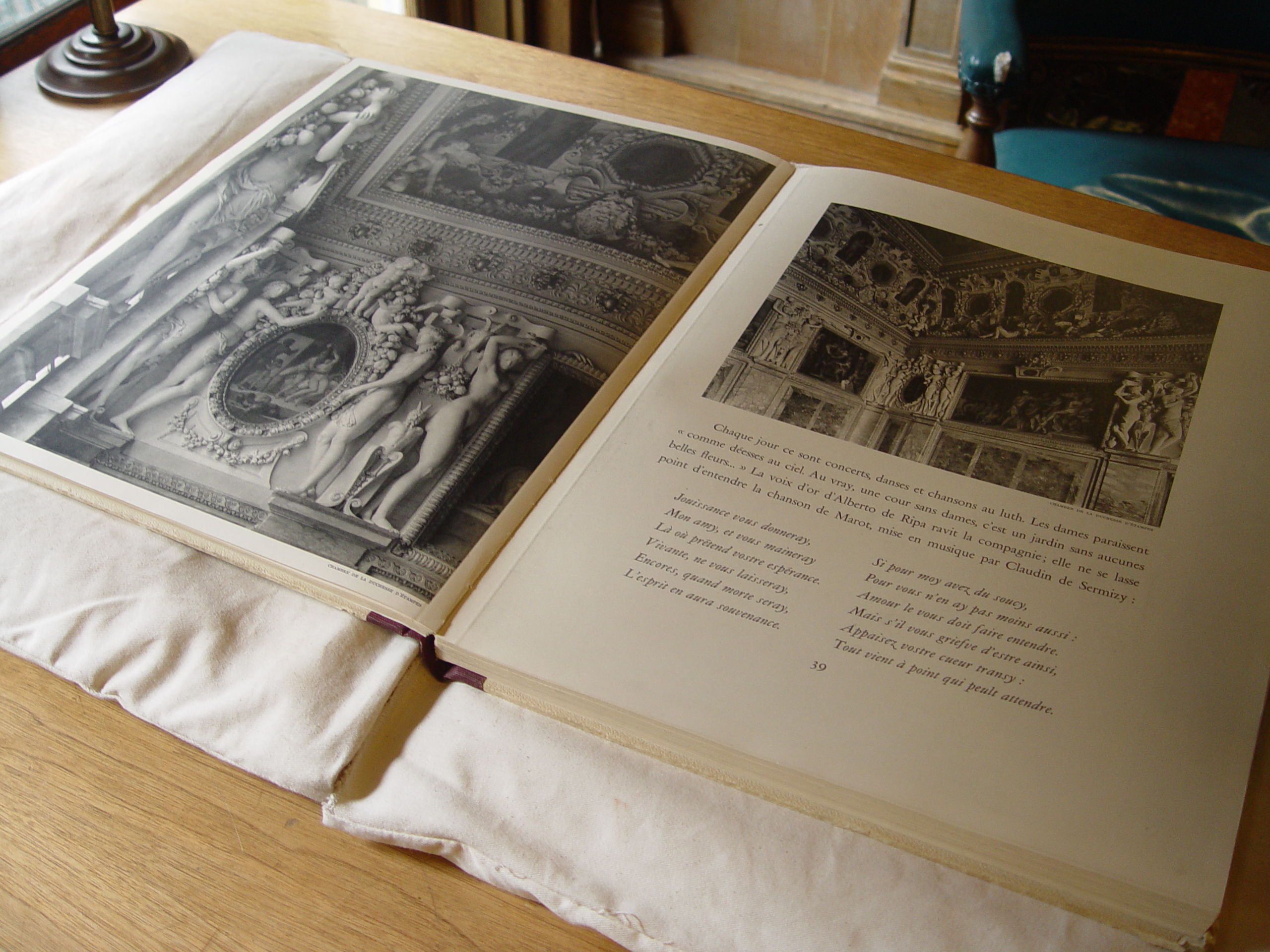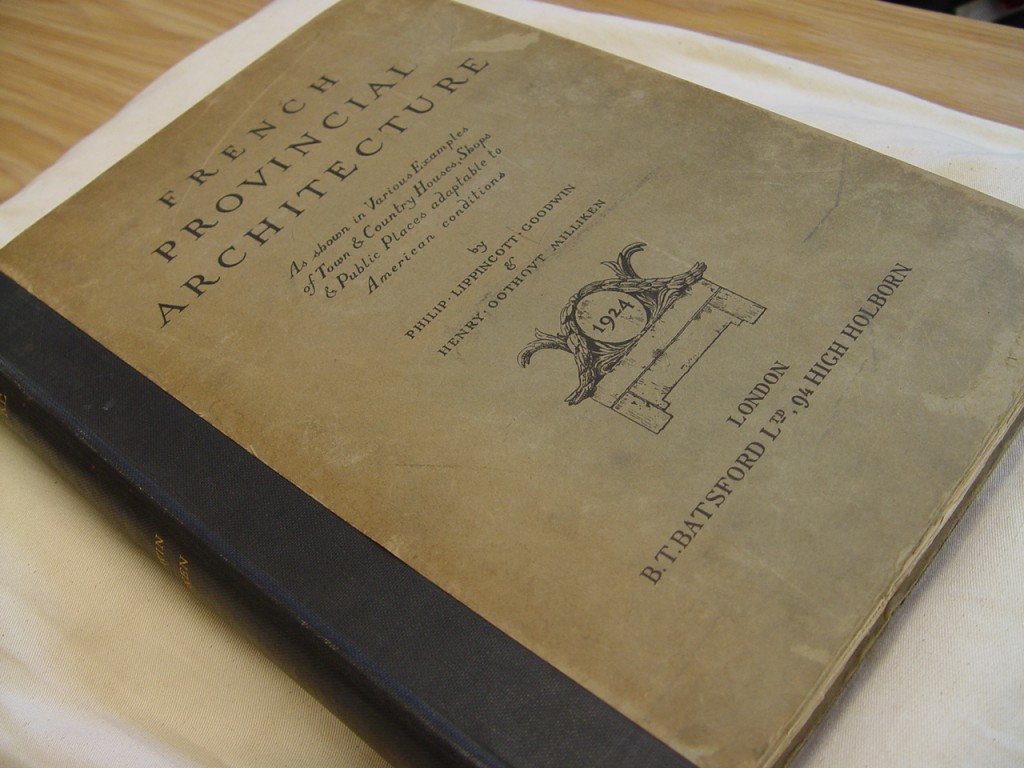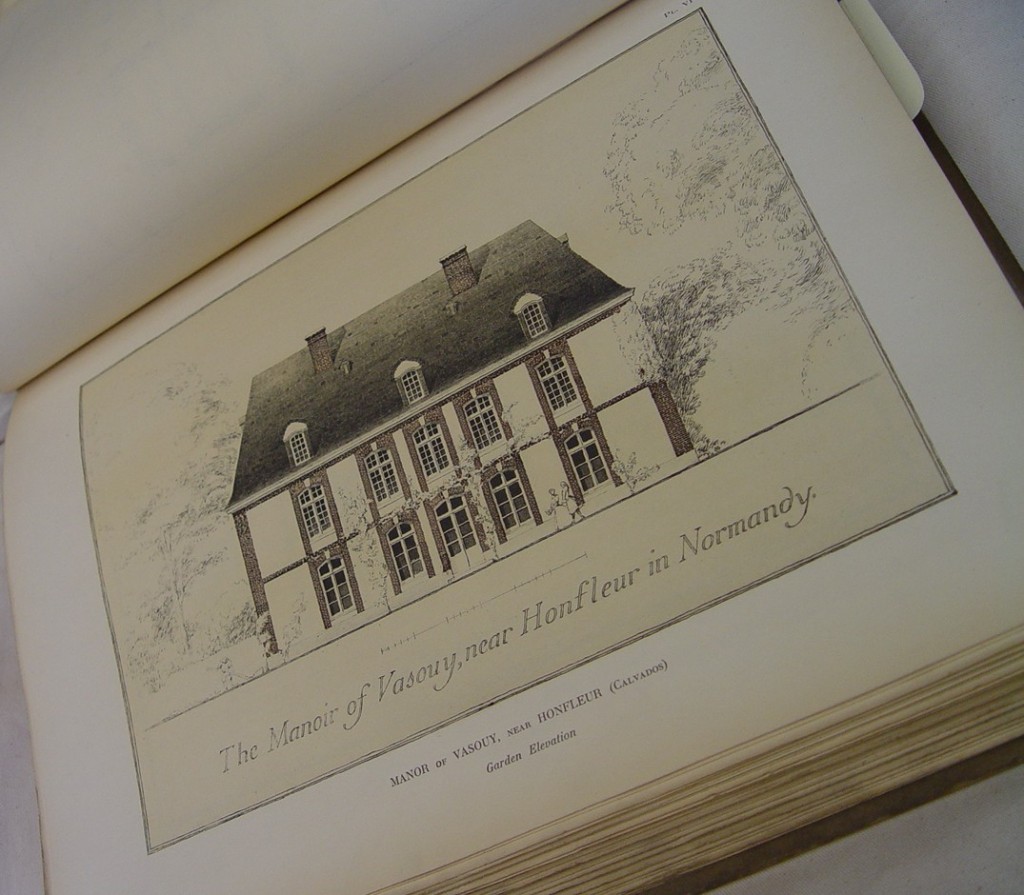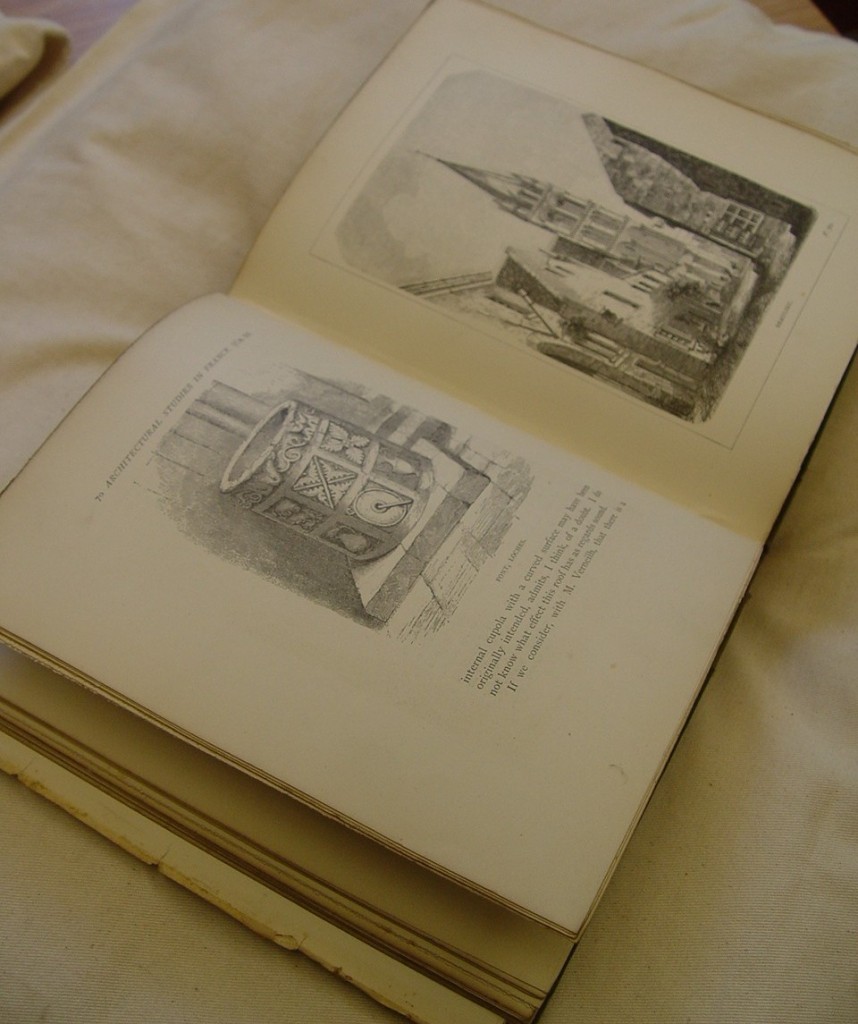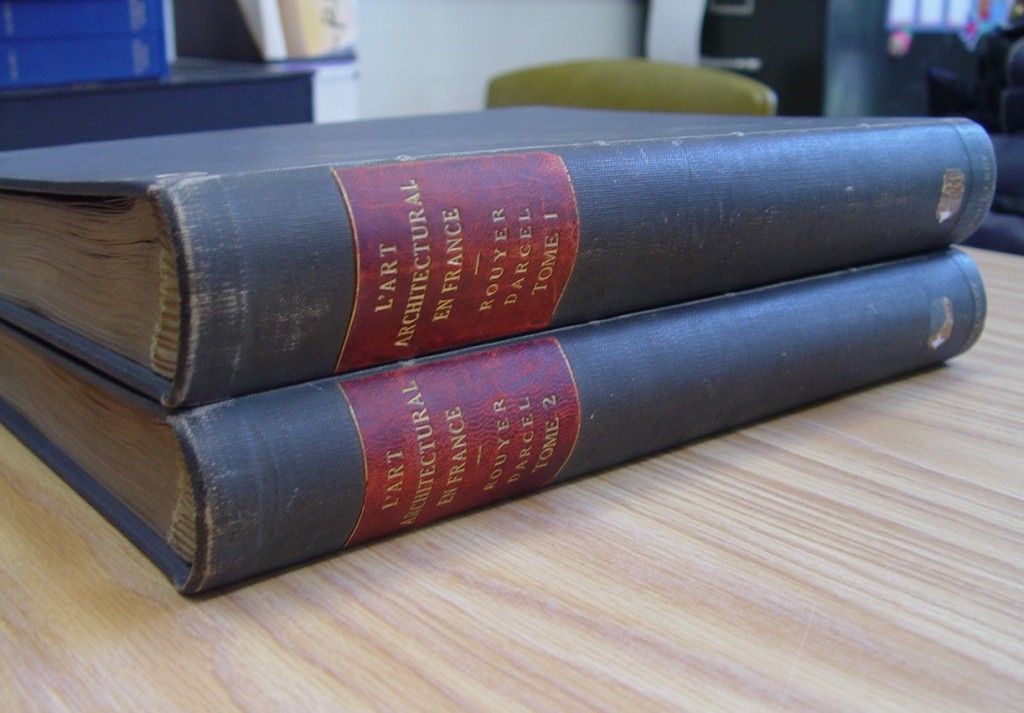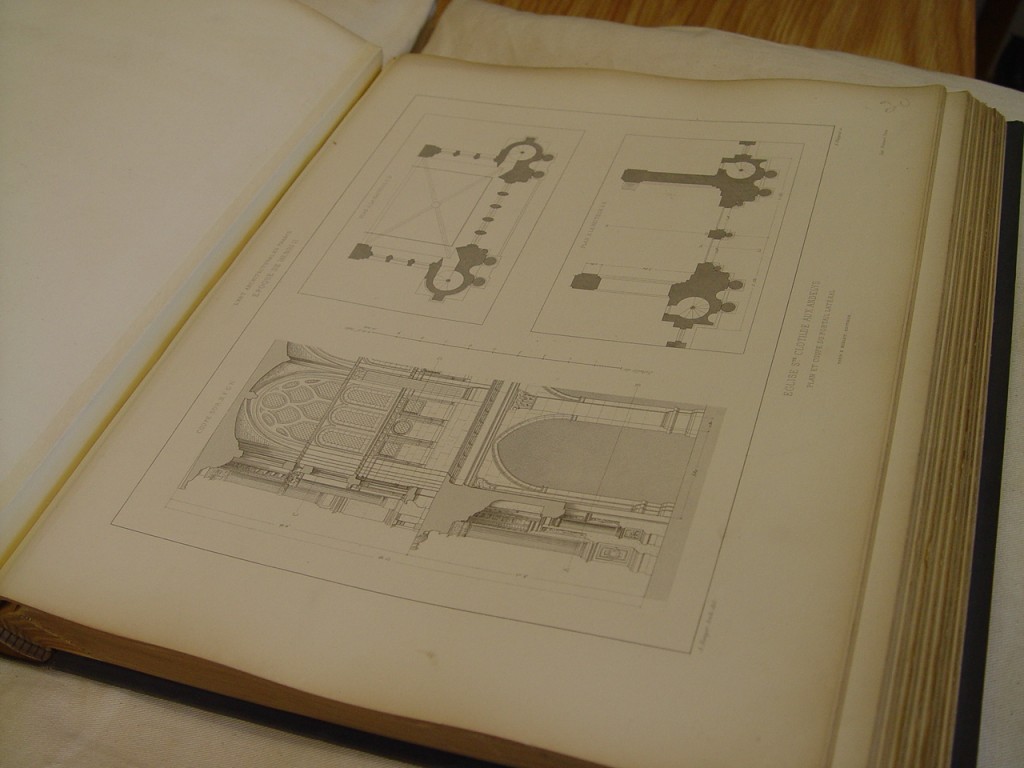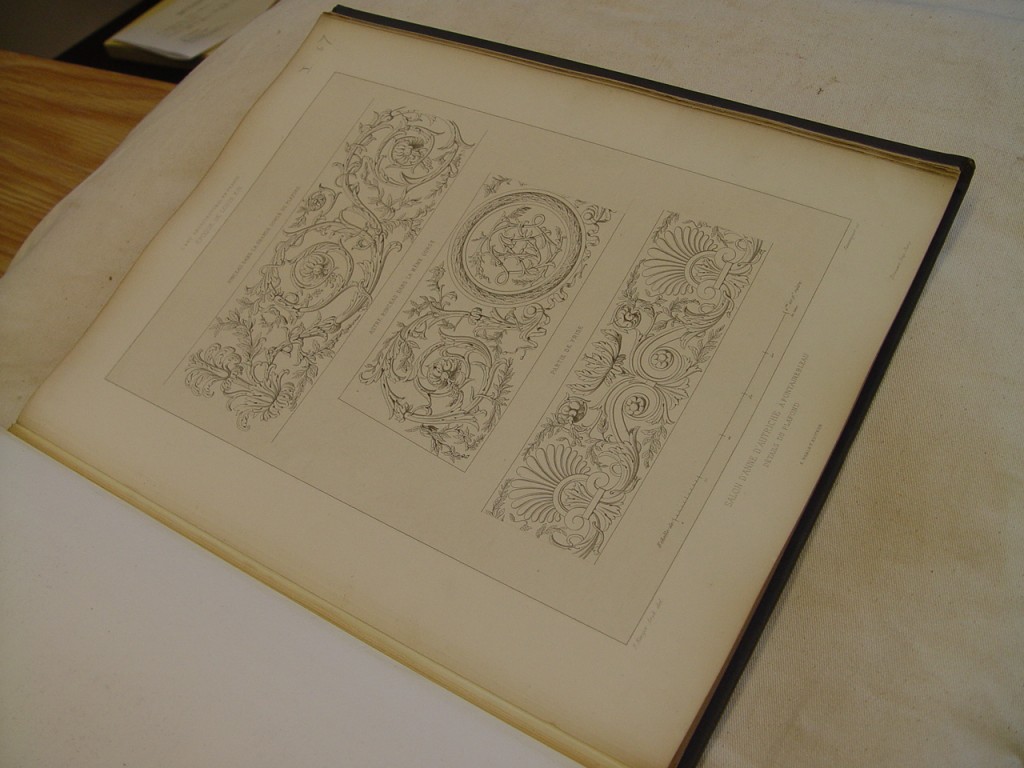Perret, August, José Imbert, Le Corbusier, and André Lurçat. Französische Architektur- und Stadetbau-Ausstellung, 1948/1949. Greiser: Rastatt, 1948
In 1948 and 1949, the French Bureau de l’Expansion Artistique Commandement en Chef Francais en Allemagne sponsored a traveling exhibition of French architecture in Germany. Produced through the participation of “Technique et Architecture” editor-in-chief André Bouxin, the complementary Französische Architektur- und Stadetbau-Ausstellung, 1948/1949 documents the full scope of the exhibition which examined French architecture from the medieval period forward focusing specifically on contemporary design and construction practices. The catalog includes a number of photographs of buildings, construction details, models and plans as well as essay contributions from well known architects including Le Corbusier and August Perret who celebrate the architectural practice and discuss the responsibilities of the profession in the contemporary era.
Library of Congress call number: NA 1041 G476 P477

